Popular meals from the great depression that no one eats anymore
The Great Depression was a time of economic hardship, but it also sparked culinary creativity. As families struggled to make ends meet, they turned to innovative recipes that stretched limited ingredients.
These dishes, often born out of necessity, have become a fascinating glimpse into history. From foraging wild plants to making desserts without traditional ingredients, the era’s recipes reveal a legacy of resilience and ingenuity that continues to inspire cooks today.
Dandelion Salad: Foraging for Flavor

Dandelion salad exemplifies the foraging trend of the era, where people utilized nature’s bounty. Dandelions, often considered weeds, became a free and nutritious ingredient. Rich in vitamins A and C, they were a welcome addition to meals.
Families would gather these greens from their yards or nearby fields, creating salads that were fresh and healthy. This practice not only provided essential nutrients but also connected people to the land in a meaningful way.
Depression-Era Cabbage Soup: A Staple in Hard Times
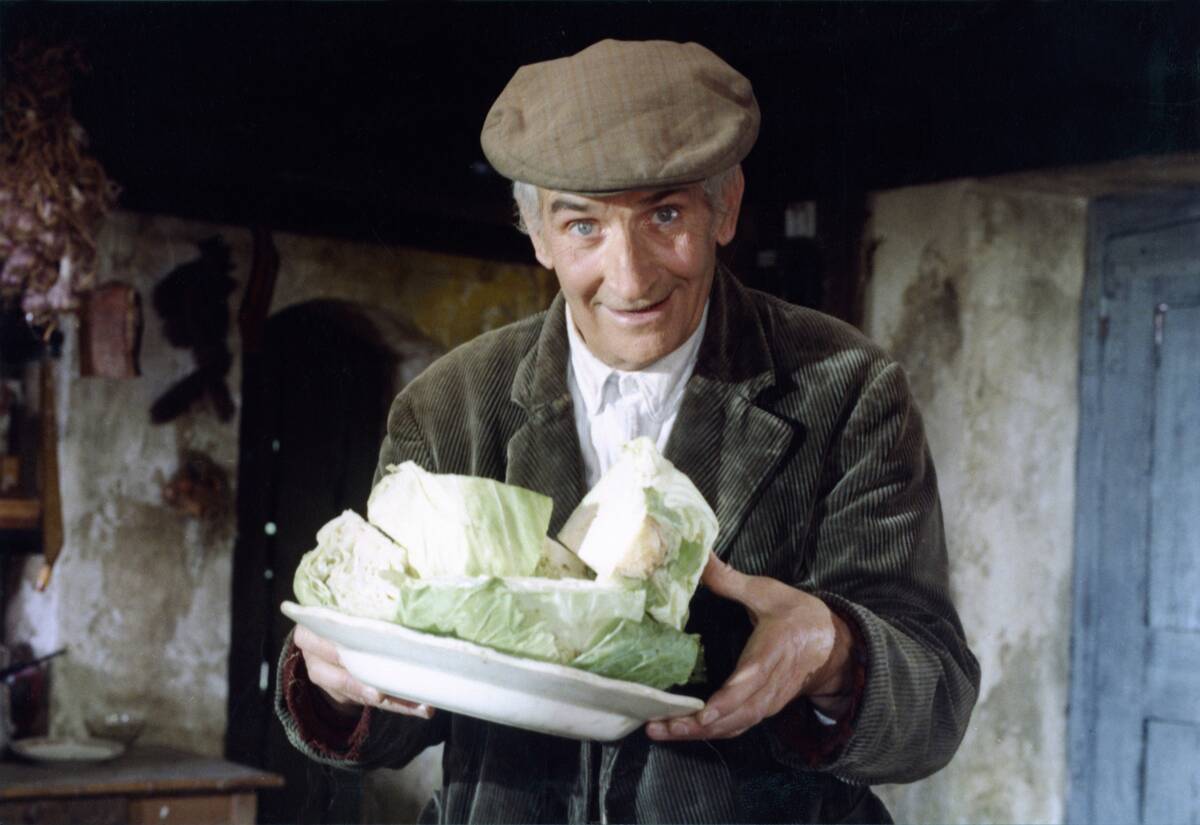
Cabbage soup was a staple for many families, offering warmth and sustenance on a budget. Cabbage, being inexpensive and widely available, was often combined with other simple ingredients like potatoes and onions.
This humble soup could be cooked in large batches, making it ideal for feeding families. Its popularity during the Depression highlights how a few basic ingredients could come together to create a meal that was both comforting and economical.
Mock Apple Pie: Dessert Innovation without Apples
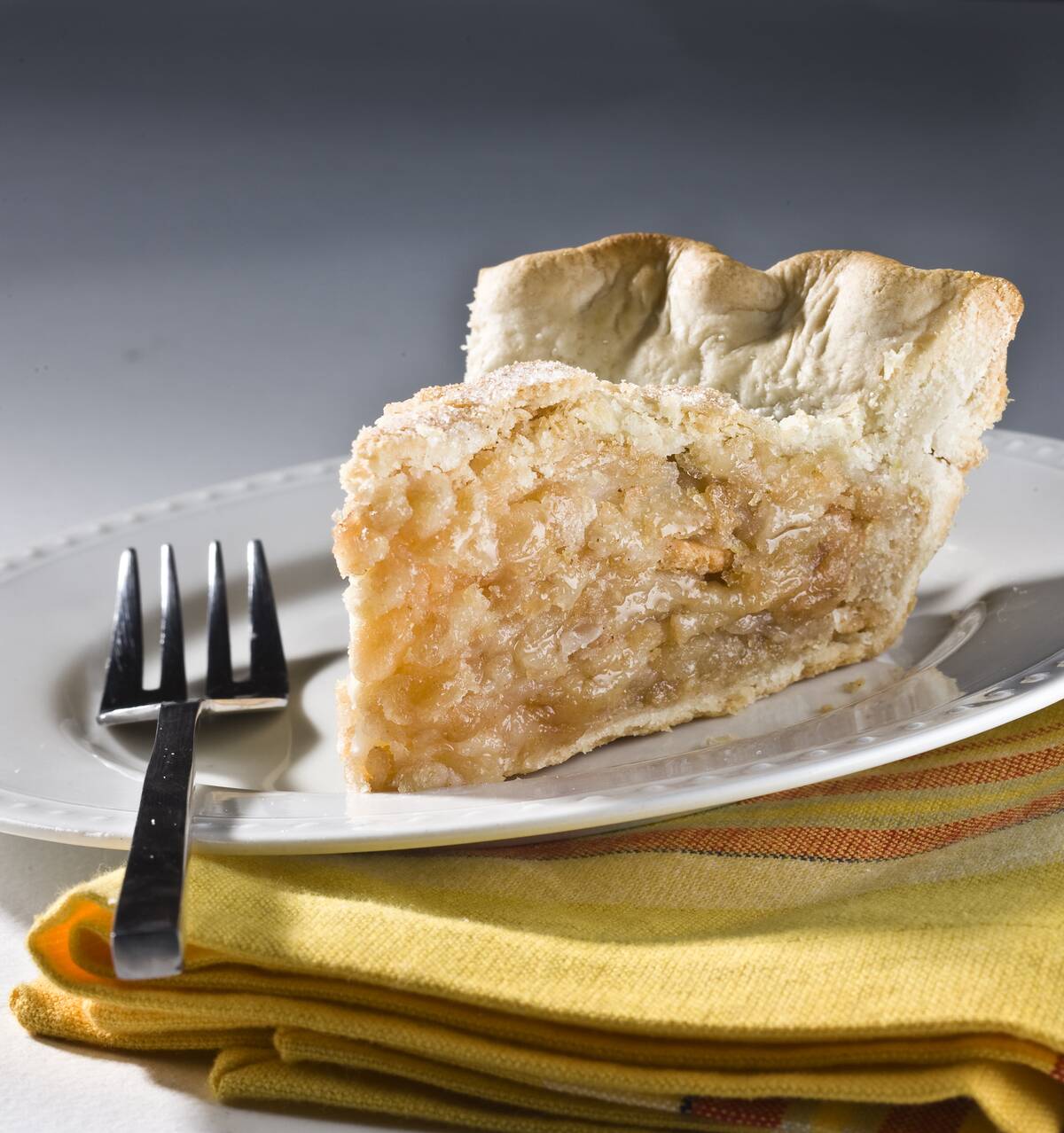
Mock apple pie is a testament to the ingenuity of Depression-era cooks who wanted a slice of comfort without the cost of apples. Ingeniously, Ritz crackers were used to mimic the texture and flavor of apples.
The crackers, combined with sugar, cinnamon, and lemon juice, created a surprisingly convincing apple-like filling. This clever adaptation allowed families to enjoy a classic dessert when fresh fruit was scarce and brought a touch of sweetness to tough times.
Vinegar Pie: Turning Pantry Basics into Sweets
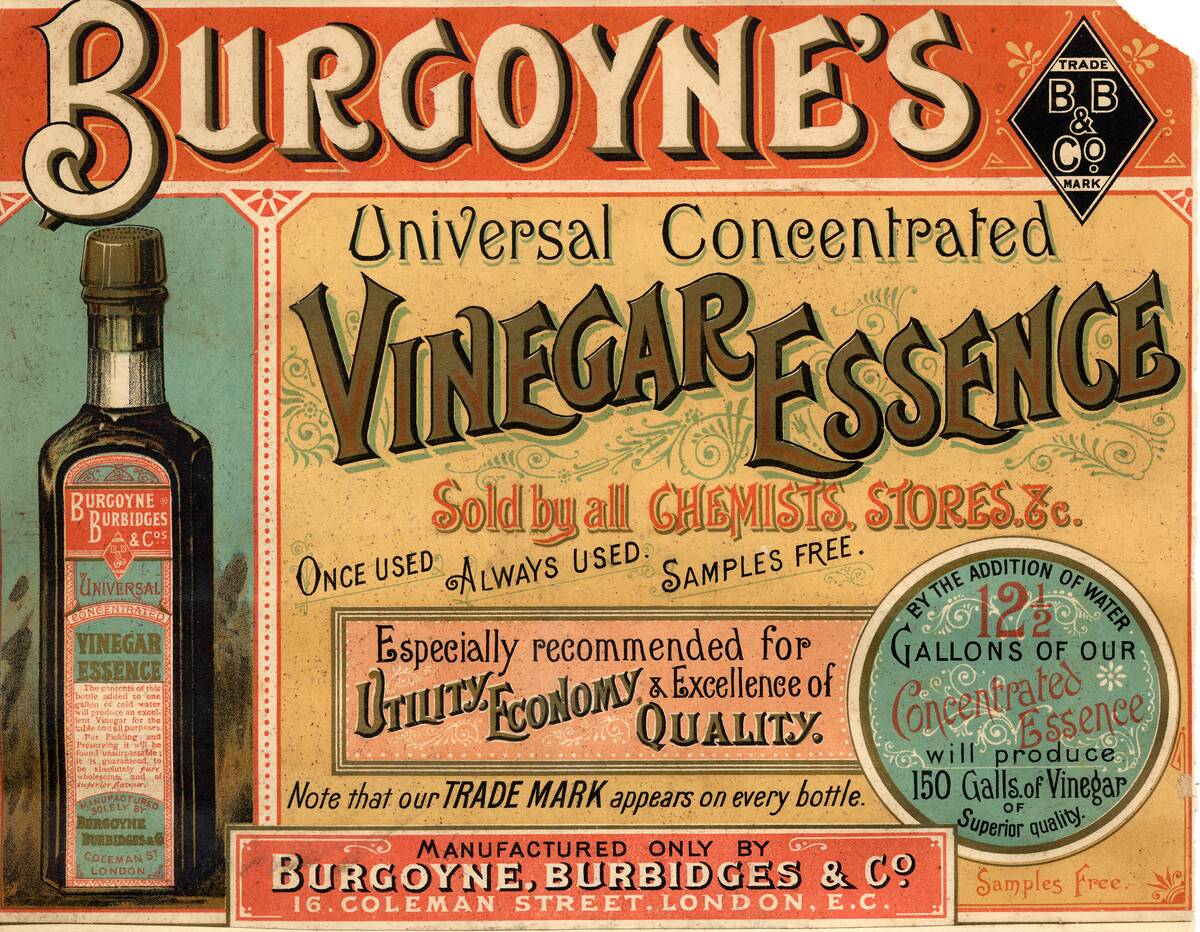
Vinegar pie is another example of the period’s creative use of pantry staples. When fresh fruits were unavailable, vinegar was used to mimic the tartness of apples or lemons in pie fillings.
Mixed with sugar, eggs, and a bit of butter, it created a custard-like dessert that was both tangy and sweet. This pie, while simple, demonstrated how basic ingredients could be transformed into a delightful treat, making the most of what was on hand.
Hoover Stew: A Mix of Leftovers and Ingenuity
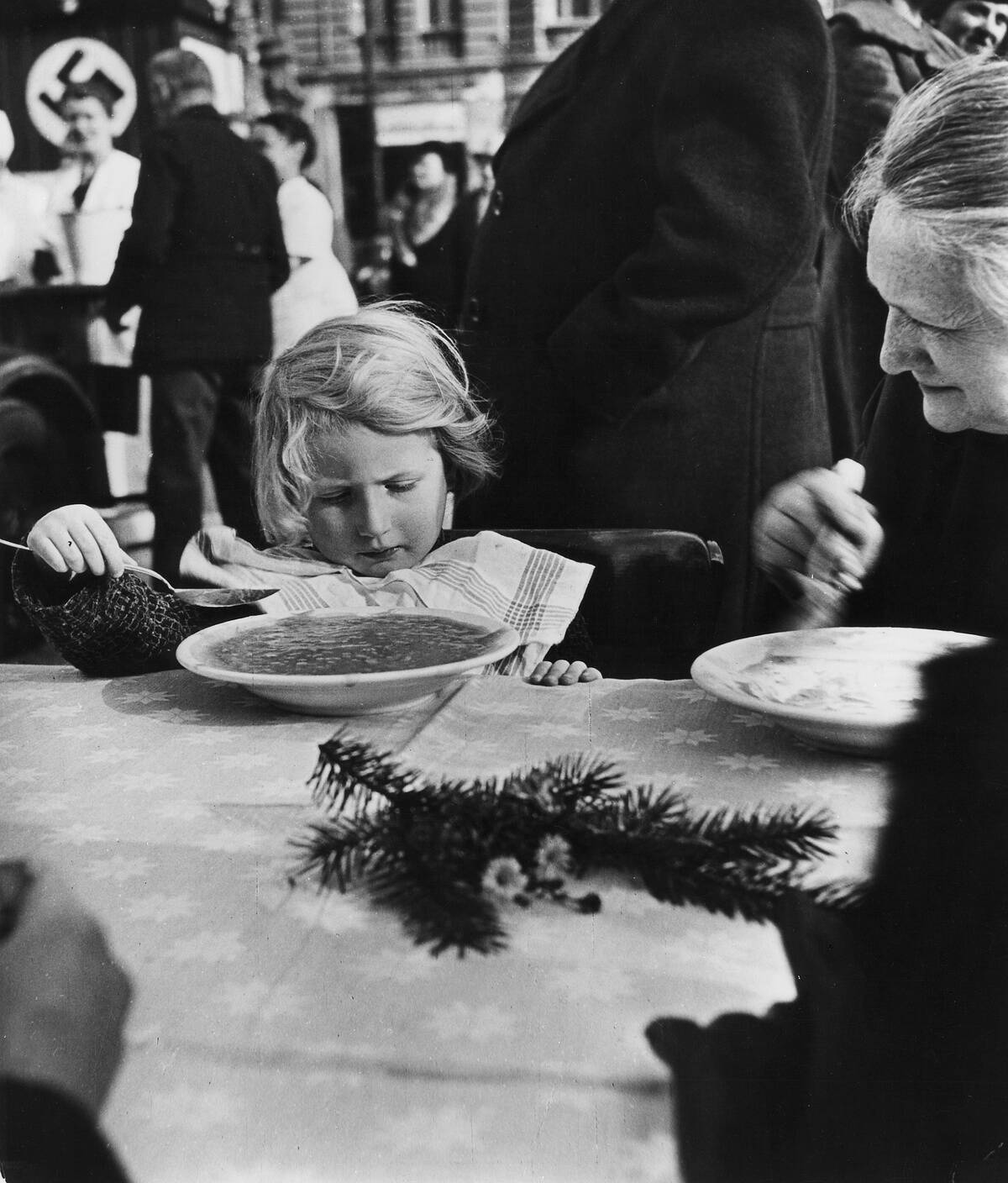
Hoover stew was named after President Herbert Hoover, who was often blamed for the Depression’s hardships. This dish was a creative way to combine leftovers and inexpensive ingredients like macaroni, hot dogs, and canned tomatoes.
It was served in soup kitchens and homes across the country. The stew was filling, easy to prepare, and could be made in large quantities, making it a practical solution for feeding many mouths on a tight budget.
Milkorno: The Original Instant Meal
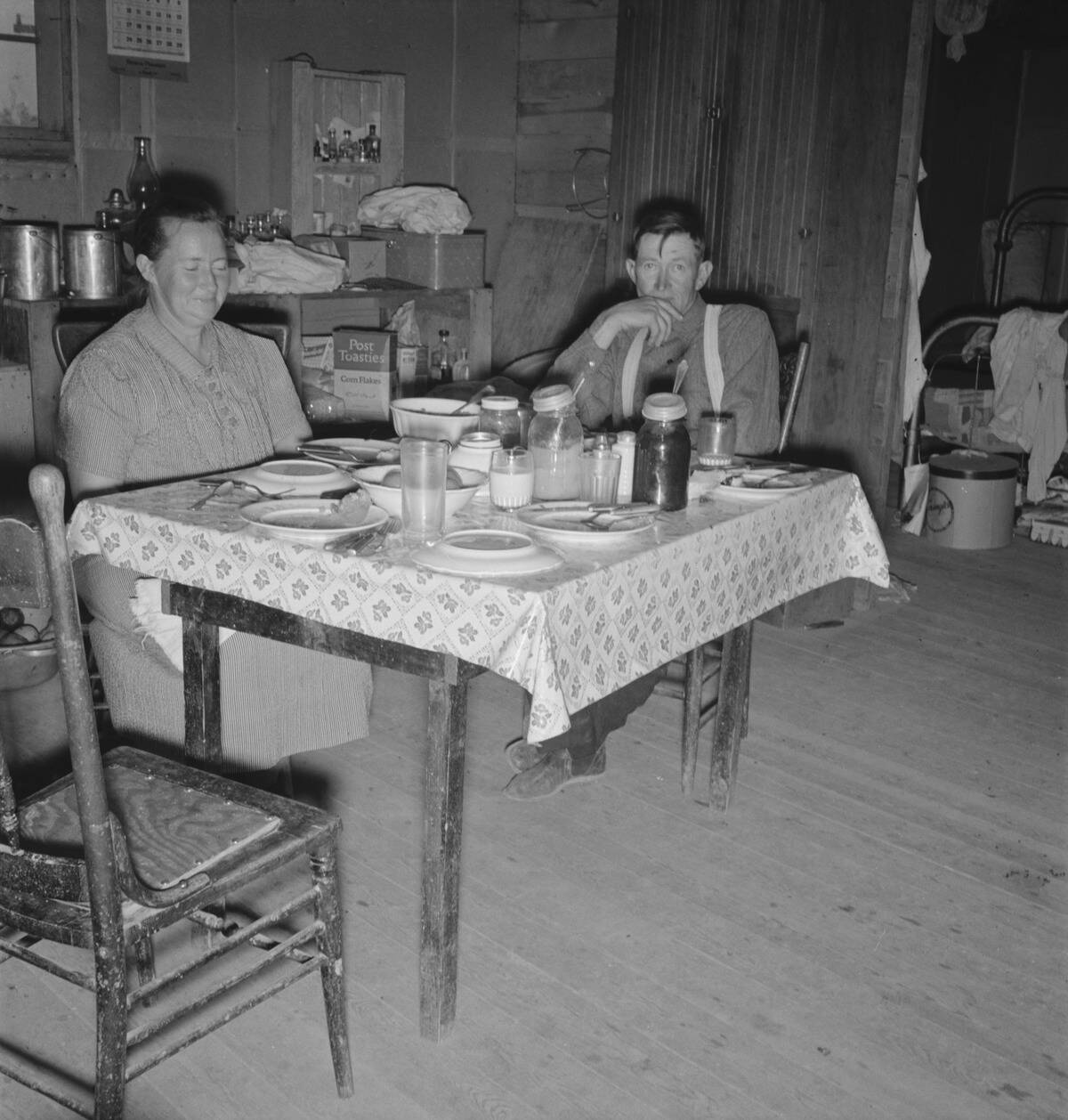
Milkorno was a product of government research via Cornell University aimed at providing affordable nutrition. It was a blend of dried skim milk and cornmeal, designed to be a cheap, nutritious meal base.
Families could use Milkorno in various dishes, from porridge to casseroles, adding whatever they had to enhance the flavor. It highlighted the era’s focus on maximizing nutritional value from basic ingredients and was a precursor to modern instant meal solutions.
Cornmeal Mush: Breakfast of Champions
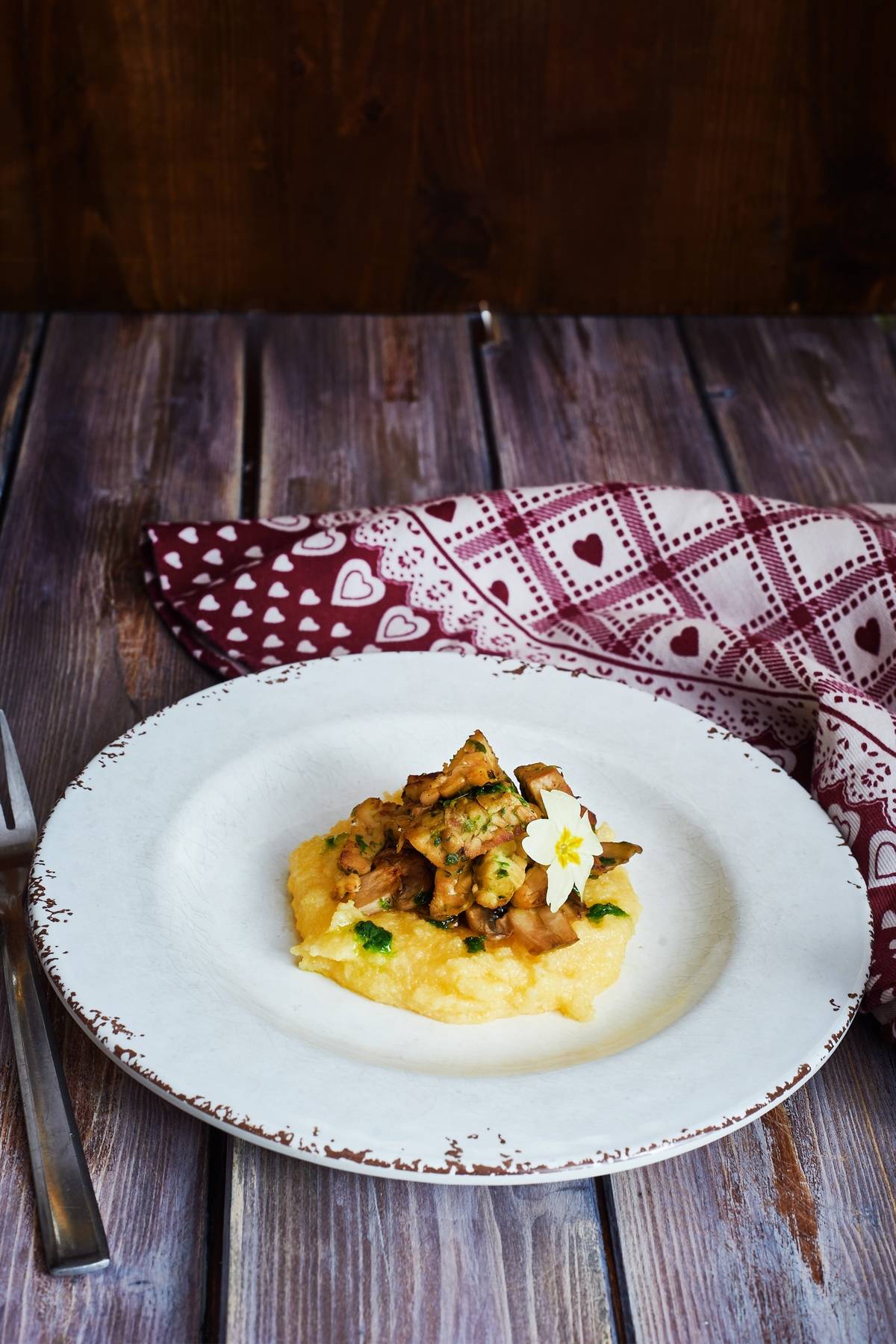
Cornmeal mush became a breakfast staple, valued for its simplicity and sustenance. Made by boiling cornmeal in water or milk, it was a versatile dish that could be served sweet with syrup or savory with gravy.
Its affordability and filling nature made it a popular choice for families looking to start their day on a solid footing. Cornmeal mush is a reminder of how basic grains were a lifeline during tough economic times.
Liver Loaf: A Nutrient-Rich Necessity

Liver loaf was a nutrient-rich dish that emerged as a way to utilize every part of the animal. Liver, being iron-rich and affordable, was combined with breadcrumbs and spices to create a loaf that could be sliced and served like meatloaf.
It provided essential nutrients that were otherwise hard to come by in tough times, and its preparation demonstrated the economical use of ingredients, ensuring no food was wasted.
Peanut Butter Stuffed Onions: An Unlikely Pairing

Peanut butter stuffed onions may seem like an odd combination, but it was a creative way to add flavor and protein to meals. Onions were hollowed out and filled with a peanut butter mixture, then baked until tender. This dish reflected the ingenuity of the era, as cooks experimented with available ingredients. The result was a savory and slightly sweet dish that provided a unique and nutritious addition to the dinner table.
Prune Pudding: A Sweet Treat from Simpler Ingredients

Prune pudding was a popular dessert, offering a sweet end to meals without breaking the bank. Prunes, being shelf-stable and nutritious, were stewed and combined with sugar and spices to create a comforting pudding.
This dessert was not only economical but also provided fiber and vitamins, making it a practical choice for families. Prune pudding is a testament to how simple ingredients can yield satisfying results, even in times of scarcity.
Poor Man’s Cake: Baking without Eggs and Milk

Poor Man’s Cake, also known as Depression Cake, was a clever baking solution when eggs and milk were scarce. The cake relied on ingredients like flour, sugar, and spices, along with raisins or other dried fruits, to create a moist and flavorful dessert.
Vinegar and baking soda provided leavening, while coffee or water added moisture. This cake exemplified the era’s innovative spirit, proving that delicious desserts could be made without costly components.
Potato Pancakes: Stretching the Spud
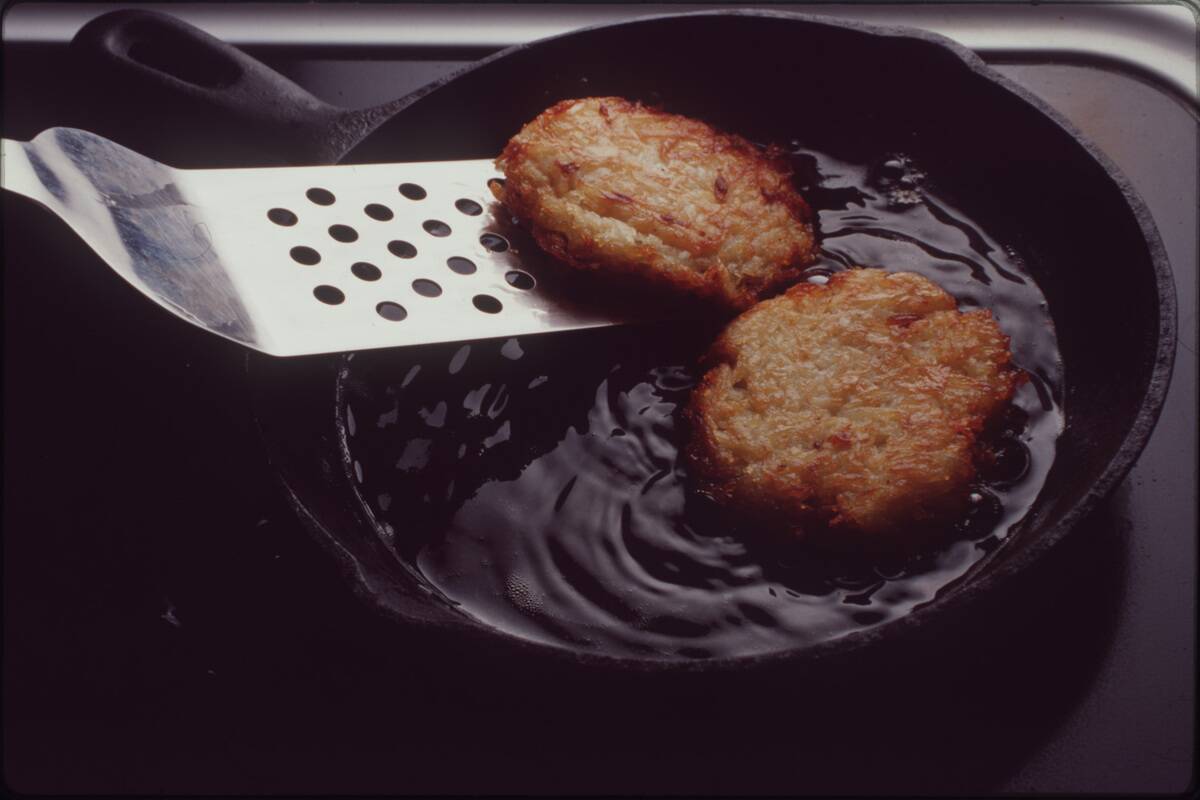
Potato pancakes were a popular way to make the most out of a humble potato. Grated potatoes were mixed with flour and seasonings, then fried until crispy.
This dish was versatile, served as a side or a main course, and it made potatoes, a cheap and abundant ingredient, go further. The pancakes were satisfying and could be topped with anything from applesauce to leftover meats, showcasing the creativity in stretching staple ingredients.
Mayonnaise Sandwiches: A Spread of Simplicity
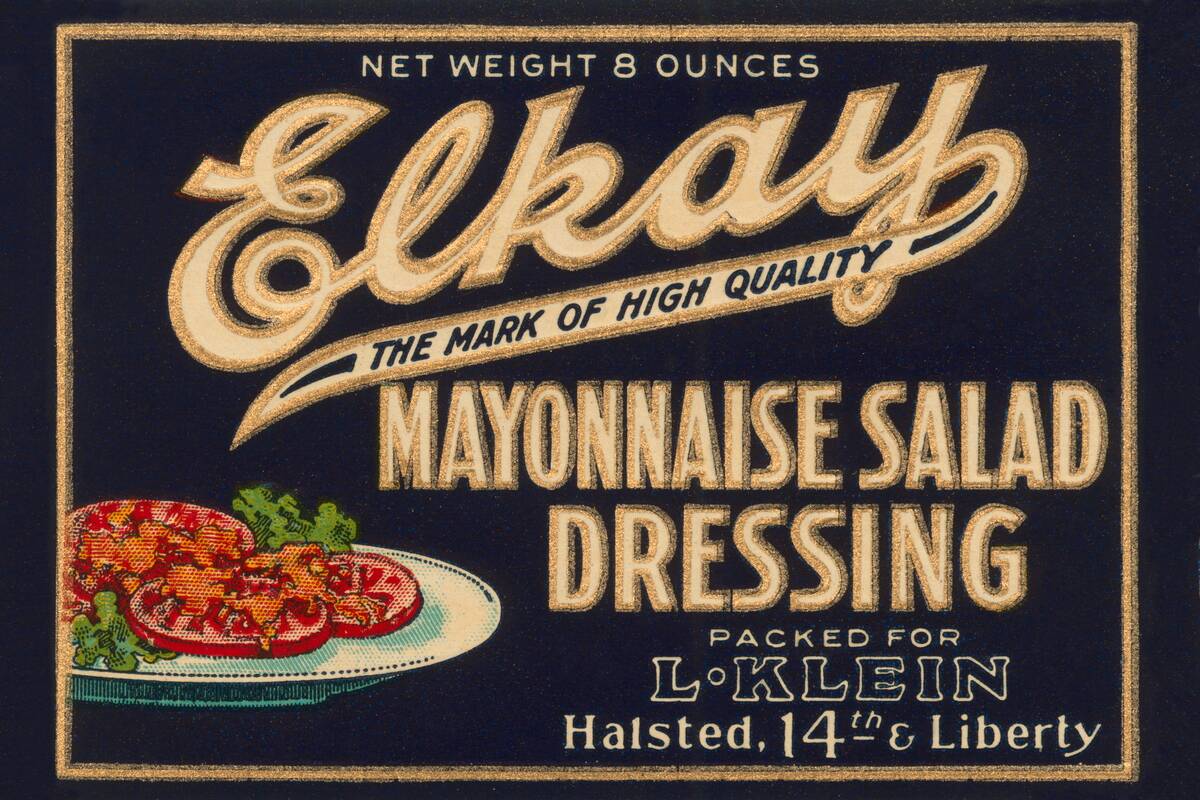
Mayonnaise sandwiches were a simple yet popular meal during the Depression. With few ingredients needed, these sandwiches were quick to make and relied on the creamy texture of mayonnaise to add richness to basic bread.
Sometimes paired with lettuce, peanut butter, or sliced onions, they provided a light meal that was both inexpensive and satisfying. This dish is a reminder of how simplicity often ruled the kitchen, turning modest ingredients into a meal.
Bean and Bacon Soup: A Hearty, Filling Dish
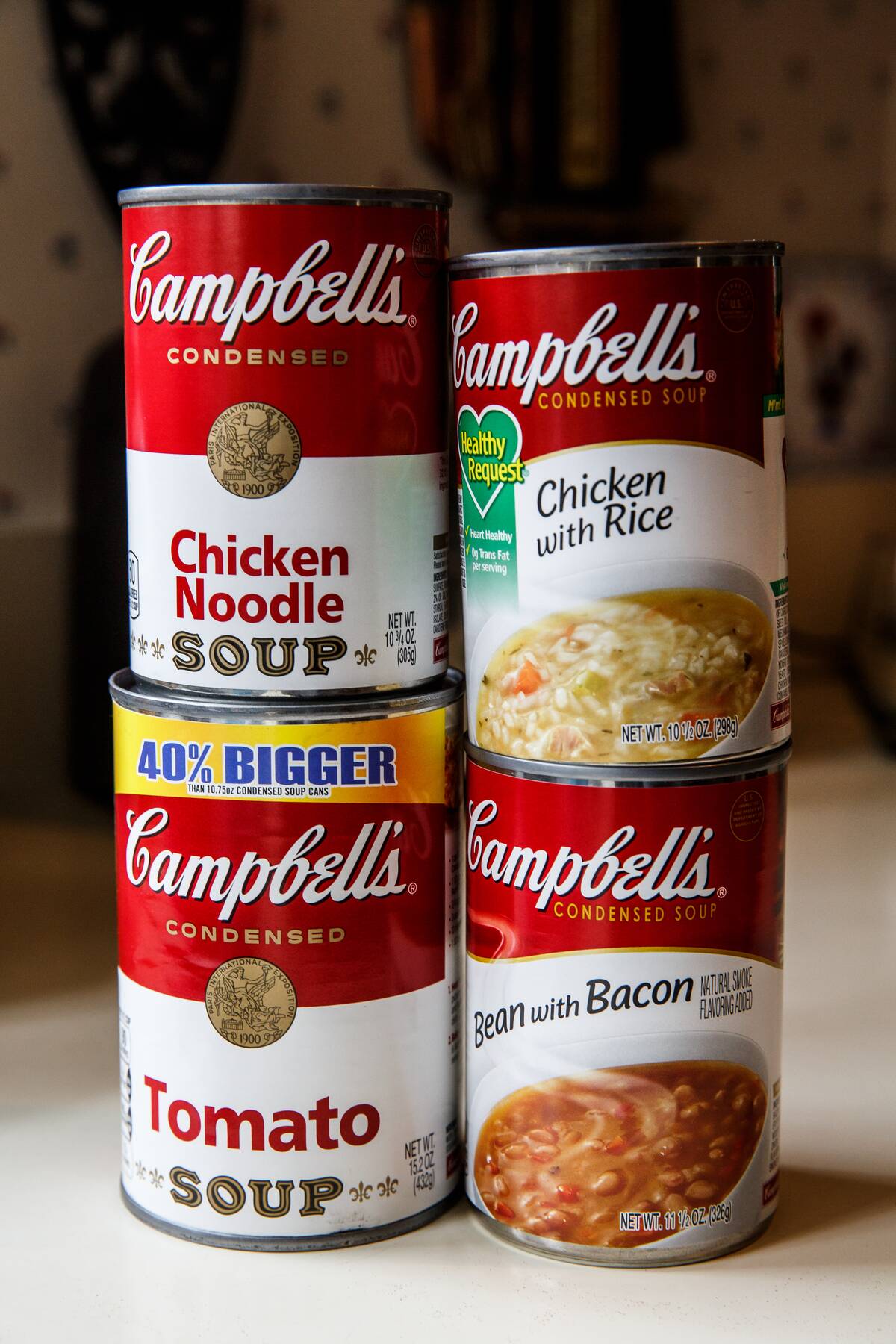
Bean and bacon soup was a hearty dish that offered warmth and protein. Beans were an affordable source of nutrition, and the addition of bacon brought flavor and fat.
The soup could be made in large batches and easily reheated, making it perfect for feeding families over several days. Its popularity during the Depression highlights how simple, nutritious ingredients were combined to create meals that were both economical and satisfying.
Hot Water Cornbread: Frying Up Frugality
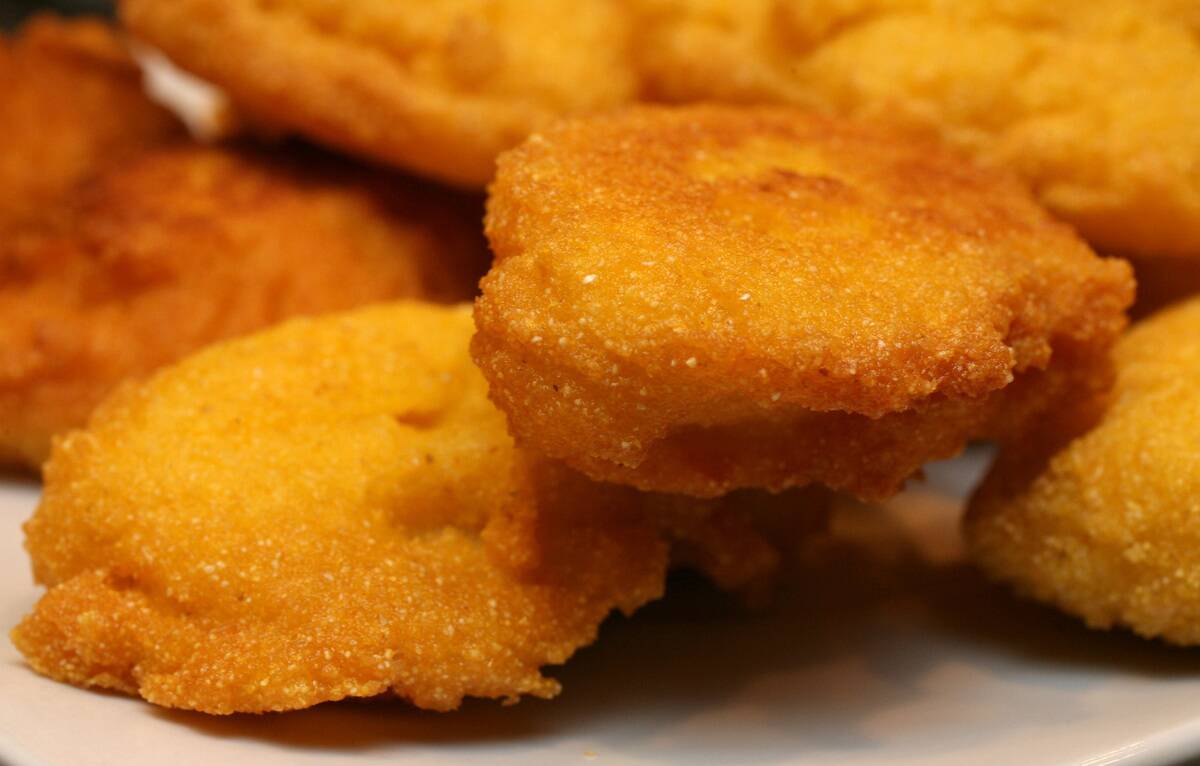
Hot water cornbread was a frugal dish made from cornmeal, salt, and boiling water. The mixture was shaped into patties and fried, resulting in a crispy exterior and a soft inside.
This simple bread was a staple in many homes, served alongside soups or stews to add substance to meals. Its minimal ingredients and quick preparation time made it a practical choice for those looking to stretch their food resources while enjoying a comforting side dish.



